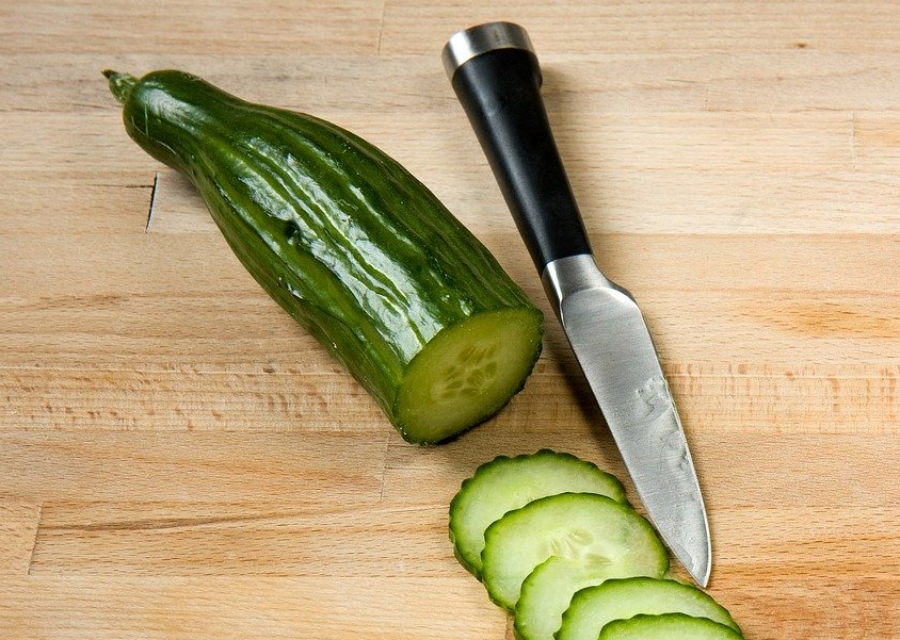This website uses cookies. By continuing to browse the website, you are agreeing to our use of cookies as detailed in our privacy policy.
Equipment guide for stroke survivors – part 2
Extra hints and tips on essential utensils…
Our chef, Josh continues to share his thoughts on the best kitchen tools on offer – this time with a selection of chopping boards and knives! He’s picked up these handy hints and tips from the cookery workshops we’ve delivered in partnership with the Stroke Association in Manchester over the last few years…
Chopping boards
There are many different stroke specific chopping boards on the market with multiple fittings and features. Based on our experience, we would recommend opting for a chopping board with less features and better build quality if you are looking to purchase an adapted chopping board. Though the extra features such as graters may seem useful, if they are not ergonomically designed, then they are of little use. The most practical features of these chopping boards tend to be their vice functions, which pin ingredients in place. A sturdy vice with little give will work much better than one with loose parts. A tight vice will also allow you to do things such as pin a grater in place – we find this tends to work better than using the small grater functions available on some boards.
It’s also important to consider what kind of material the board is made out of, a textured plastic similar to a standard chopping board is ideal. Be wary of adapted chopping boards made out of smooth shinny plastic, these are not only slippery to chop on but also tend to blunt knives.
Knives
When it comes to choosing knives firstly consider if you are likely to be standing or sitting when preparing your meal. Larger knives provide advantages when chopping, however if being on your feet for extended periods is difficult and you are likely to be sat, they can become unwieldy. If this applies to you then maybe consider a smaller knife as your go-to for most tasks. General truths about knives apply as much, if not more so when physically impaired, for instance, it is safer to use a sharp knife than a blunt knife, a sharp knife is less likely to go askew when cutting and will also be less physically demanding, as the blade will pass through ingredients with less force. It’s also worth considering whether you find it easier to chop or use a sawing motion. If you find sawing easier, then a serrated blade will be necessary, but also a way of keeping the ingredient still, whether this be using a hand, a vice, or some other method. Our golden rule is to never use a knife you feel uncomfortable with!
Back